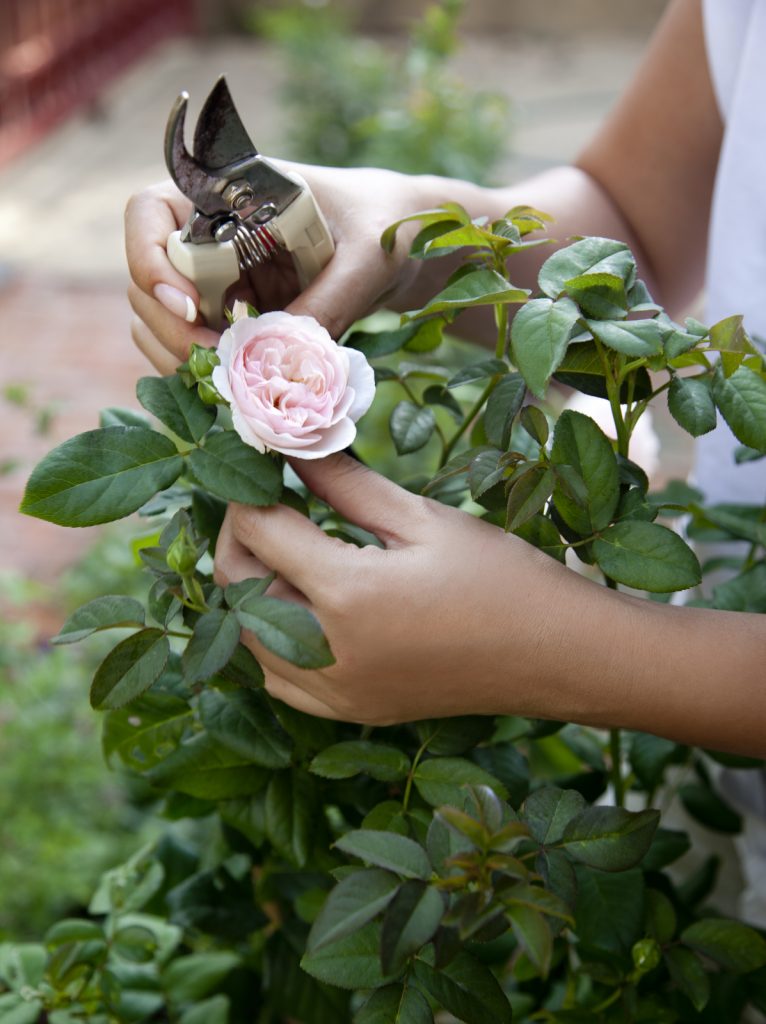Tree Relocation Tips For Hollywood, FL Residents
Tree Relocation Tips For Hollywood, FL Residents
Did you know that Hollywood, FL is also known as the “Diamond of the Gold Coast”? Or that the city was incorporated in 1925? Moreover, a trip to Hollywood means easy access to Miami and South Florida as well. There’s a lot to look forward to and learn in Hollywood.
But if you’re a Hollywood, FL resident who’s recently been told your tree must be relocated, you’re probably wondering how on earth you’re going to do that! Luckily, with a little bit of preparation and know-how, the process can be much less daunting than it seems. Read on for our top tips for relocating your tree safely and successfully.
Best Time For Tree Relocation

For any successful tree project to take place, the timing must be right. That is because trees are living things and can die if the conditions prove to be stressful. When is the right time to relocate your tree?
As winter thaws into spring, many homeowners are poised to take advantage of the prime tree-planting season. Establishing new trees early can aid their growth throughout the year, and help them survive when hot weather arrives. But with so many tree species to choose from, how can homeowners know which trees are best suited for their landscapes?
“Selection of trees for planting in a home landscape depends on several factors, including a suitable growing site and any function they are going to serve,” explains Tchukki Andersen, BCMA, CTSP* and staff arborist with the Tree Care Industry Association (TCIA). “Will they attract birds to the area? Shade a patio? Screen an unsightly view? Enhance the appearance of the home? Trees can provide contrast and relief from surrounding buildings and create seasonal interest in areas near the home,” says Andersen. Read more at Tree Care Tips
Relocating Fruit Trees

When it comes to fruit trees, the ball game is a bit different. That’s because you’ll still want to enjoy the fruit from your trees even after relocation. Here are some tips on how to relocate your fruit trees appropriately.
Transplanting fruit trees takes some good planning.
You can have a successful transplant by factoring in some key areas. Starting things off right is essential to avoid future challenges.
Start by looking at your planting site. Make sure it’s not close to sewer lines, sidewalks or driveways, and powerlines. You want to envision what your tree may look like in 10 years and make sure it won’t interfere with nearby tree branches, that it’s well-drained, and that the site receives 5 to 8 hours of sun. You also want to make sure the soil is rich and fertile; if it’s not, you may want to amend it with compost before planting.
Next, think about timing. While fruit trees can withstand planting throughout the year, the best time of year to transplant fruit trees is in the dormancy state to early spring before their active growth period. Fruit trees should never be transplanted when they have already started developing buds or during the peak growing season.
Then you want to look at the tree you’re moving. The younger the tree, the easier it is to transplant. Trees older than three years require more care during transplant. Read more at Davey
Post-Relocation Care

It is one thing to successfully relocate your tree. It’s quite another to care for it afterward. This will see to it that the tree overcomes transplant shock and thrives where it is replanted. Here are some post-relocation tips to implement in the Spring and Summer.
Tip 1. Inspect Landscape Plants
Start by inspecting your plants, foremost among them trees and shrubs. Make sure spring rains aren’t causing water to pool around the base of plants, which can drown them. Check for signs of damage from pests or disease, and call a professional arborist if your trees or shrubs look sick, so you can take care of the problem right away.Tip 2. Prune Trees and Shrubs
Depending on the specimen, trees and shrubs like to be pruned in spring or summer. You should remove dead branches and any that look diseased. Start by checking for new growth. Any branches that show no signs of development where others are blooming or leafing out are probably dead, and should be removed. Also check for holes, weeping sores or malformed leaves/twigs, which are signs of infection or pests.Tip 3. Plant New Specimens
Spring is also the ideal time to plant new shrubs and trees. Do this early so the plants have time to get established before hot summer weather hits, which most plants find stressful. Mulch and fertilize your new plants to give them a fresh start. Now is also the time to fertilize trees and apply a new layer of mulch in the rest of the yard. Read more at Holland Tree Services
If you’re considering relocating a tree on your property, be sure to do your research and choose the right time of year to minimize stress on the tree. In addition, make sure you have a qualified arborist take care of the relocation process and follow up with regular maintenance to ensure the tree’s health and growth. EPS Landscaping & Tree Service is here to help with all your tree relocation needs – contact us today for a free consultation!
Published Wed, 27 Apr 2022 10:29:43 -0500


Comments are closed.